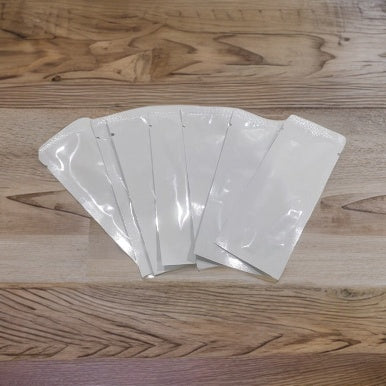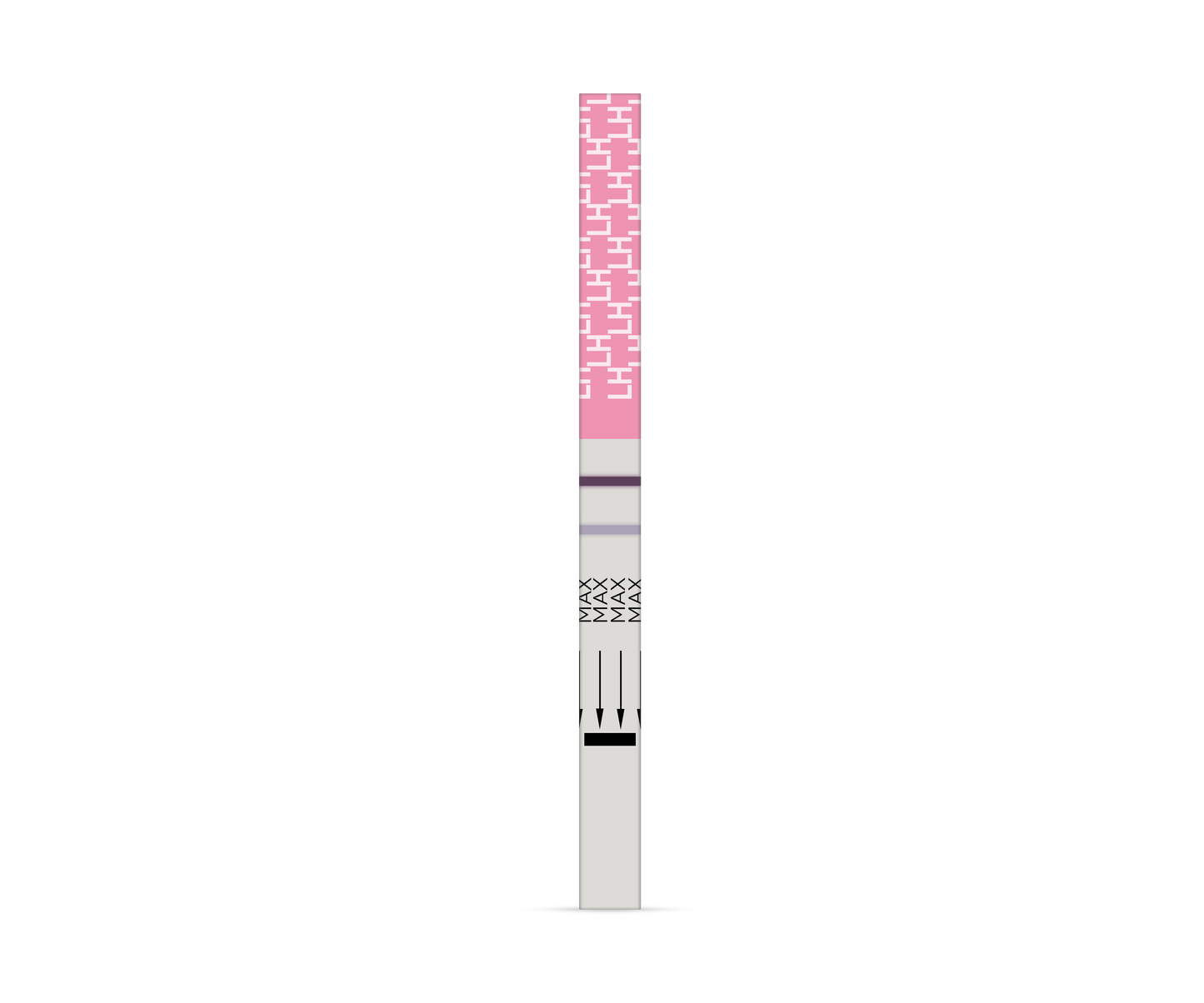January 15, 2024 | Ovulation
A Comprehensive Guide on How to Use Ovulation Test Strips Properly

Embarking on the journey to conceive is an exciting and profound experience, and for many, understanding the nuances of ovulation is a key aspect of this adventure. Ovulation test strips can be invaluable tools in predicting the most fertile window within your menstrual cycle. In this comprehensive guide, we will delve into the details of using ovulation test strips properly, ensuring you harness their full potential on your path to conception.
-
Selecting the Right Ovulation Test Strips:
The first step in the journey of using ovulation test strips is choosing the right one for you. Numerous brands offer these strips, and it's crucial to select a reliable and reputable product, thankfully we have the best Ovulation Test Strip product you can find in the market, you can shop it here - 50 quality easy-use-at-home strips.
-
Understanding Your Menstrual Cycle:
To use ovulation test strips effectively, it's essential to have a good understanding of your menstrual cycle. If your cycle is regular, you can estimate the mid-point for testing. If your cycle is irregular, you may need to test more frequently or for an extended period to capture your LH surge accurately.
-
Timing Matters:
There is so much conflicting information as to when to do your LH test. My recommendation is to conduct the test on your second urine sample of the day after holding it for 3-4 hours. Maintaining consistency in this testing timing significantly improves the reliability of the results.
-
Collecting a Clean Urine Sample:
For accurate results, collect a clean and dry urine sample. Ensure the container you use is free from contaminants, as any impurities may affect the test outcome.
-
Properly Dipping the Test Strip:
Dip the test strip into the urine sample according to the instructions provided by the manufacturer. Make sure to immerse the strip up to the marked line for 5 - 7 seconds. The correct dipping time is crucial for accurate results.
-
Waiting for Results:
Place the strip on a flat surface and wait for the specified duration mentioned in the instructions (usually 5 min). The test will display lines indicating the presence of luteinizing hormone (LH). Familiarize yourself with the control line and the test line, as their appearance will guide you in interpreting the results accurately.
-
Interpreting the Results:
A positive result occurs when the test line is as dark as or darker than the control line. This suggests an LH surge, indicating that ovulation is likely to occur within the next 12 to 36 hours. A negative result indicates that ovulation is not imminent, and testing should continue until a surge is detected.
-
Tracking and Recording Results
Maintain a daily record of your results. Tracking the pattern of your LH surge over multiple cycles can provide valuable insights into your unique fertility patterns.
-
Reacting to a Positive Result:
Congratulations, you've detected a positive result, indicating an LH surge and an impending ovulation! Here's what to do next:
-
Timing is everything
Plan to engage in insemination/sexual intercourse within the next 12 to 36 hours to maximize your chances of conception. This timeframe aligns with the window of peak fertility following the LH surge.
-
Enjoy the Moment
While conception is the goal, try to keep things enjoyable and stress-free. Maintaining a positive and relaxed mindset can contribute positively to the process. If you are too stressed, your body tightens up and its can make the conception a little harder.
-
Consider Testing Again
If you've been tracking your cycles and know your typical ovulation pattern, you might have a sense of when to expect a positive result. However, it's always a good idea to continue testing for a few more days to ensure you catch the full duration of your fertile window.
-
10. Responding to a Negative Result:
Not every test will yield a positive result, and that's okay. Here's what to consider after a negative result:
-
Continue Testing
If you haven't detected an LH surge, continue testing daily until you observe a positive result or until your cycle indicates that ovulation is less likely.
-
Adjust Timing if Needed
If you're consistently getting negative results, reassess the timing of your tests. You might need to start testing earlier or continue testing for a more extended period, especially if you have irregular cycles.
-
Explore Other Fertility Signs
If you've been tracking your cycles and know your typical ovulation pattern, you might have a sense of when to expect a positive result. However, it's always a good idea to continue testing for a few more days to ensure you catch the full duration of your fertile window.
Remember, patience is key, and understanding your unique fertility patterns takes time. If you have concerns, questions, or if you're consistently experiencing challenges, don't hesitate to seek guidance from a healthcare professional or book a free 15 minute consultation with our TTC Consultant. We can offer personalized advice based on your specific situation and help you navigate the exciting journey towards parenthood.
We recommend reading this article on our learning center where we extensively discussed Ovulation and everything around it, including PCOS, Period Trackers, OPKs, BBT and more - https://hapuhelpers.co.nz/blogs/learning-center/ovulation.
Here’s a supporting article on the How’s of Ovulation Test Strips - https://www.verywellfamily.com/all-about-ovulation-predictor-kits-1960227
Overall, mastering the proper use of ovulation test strips is a valuable skill for those on the journey to conception. By following these steps diligently, you can enhance the accuracy of your results and gain valuable insights into your fertile window. Remember that ovulation test strips are just one tool in the fertility toolkit, and combining them with other fertility awareness methods can provide a more comprehensive understanding of your menstrual cycle.
Vorgestelltes Produkt

Hapū Helpers
Ovulationsstreifen – 50 hochwertige, einfach zu Hause anzuwendende Streifen








